03
The Paint Protection Methods
Cars are a significant investment, both in terms of money and time. We all want out vehicles to look their best and remain in pristine condition for as long as possible. However, everyday use and exposure to the elements can take a toll on a car’s exterior. This is where paint protection comes in. So, whether you’re a car enthusiast or just someone who wants to keep their car looking new, keep reading to find out which car paint protection is right for you and how to properly apply them.
WAX
Car wax is the most traditional form of car paint protection. It is a natural or synthetic product made from carnauba wax, beeswax, or a combination of both. It is formulated with oils and solvents that provide a layer of protection between the car’s paint and the environment. Wax protects from UV rays and water spots while enhancing shine.
However, wax is not as durable as other protection methods, and will need to be applied every few months.
Wax Types
MaxShine offers car wax in different forms, such as paste, liquid, or spray.
How To Apply
SEALANT
Sealant is a more advanced form of paint protection than wax.
It is a synthetic product made of polymers that form a hard, protective barrier over the paint.
It is formulated with synthetic materials that are designed to provide long-lasting protection against environmental contaminants, UV rays, acid rain, and water spots. Sealants are more durable than waxes and can last closer to 6 months depending on environmental conditions.
Sealant Types
Car sealant is easy to apply and is available in a liquid or spray form.
How To Apply
Sealants are applied the same as a wax, either by hand or machine. Many Polishes, like MaxShine’s AIO Polish, also contain sealants reducing the number of steps needed in fixing up paint.
Both spray waxes and spray sealants are applied in a spray and wipe method.
Ceramic Coating
Ceramic Coating is a type of paint protection that creates a hydrophobic barrier on the paint that repels water and other contaminants, while providing UV protection and enhancing shine.
Ceramic Coating is a liquid polymer that chemically bonds with your car’s paint, creating a long-lasting and durable layer of protection that is more resistant to scratches, swirl marks, and oxidation than other car paint protection methods.
It can last for years depending on environmental factors.
Ceramic coating often requires professional application, but MaxShine’s Graphene Ceramic Coating can be mastered by anyone.
APPLYING
CERAMIC
Keep in Mind!
It's important to note that while these paint protection methods are effective, they do not last forever. It’s recommended to reapply them regularly depending on their lifespan and the environmental conditions you are driving in.
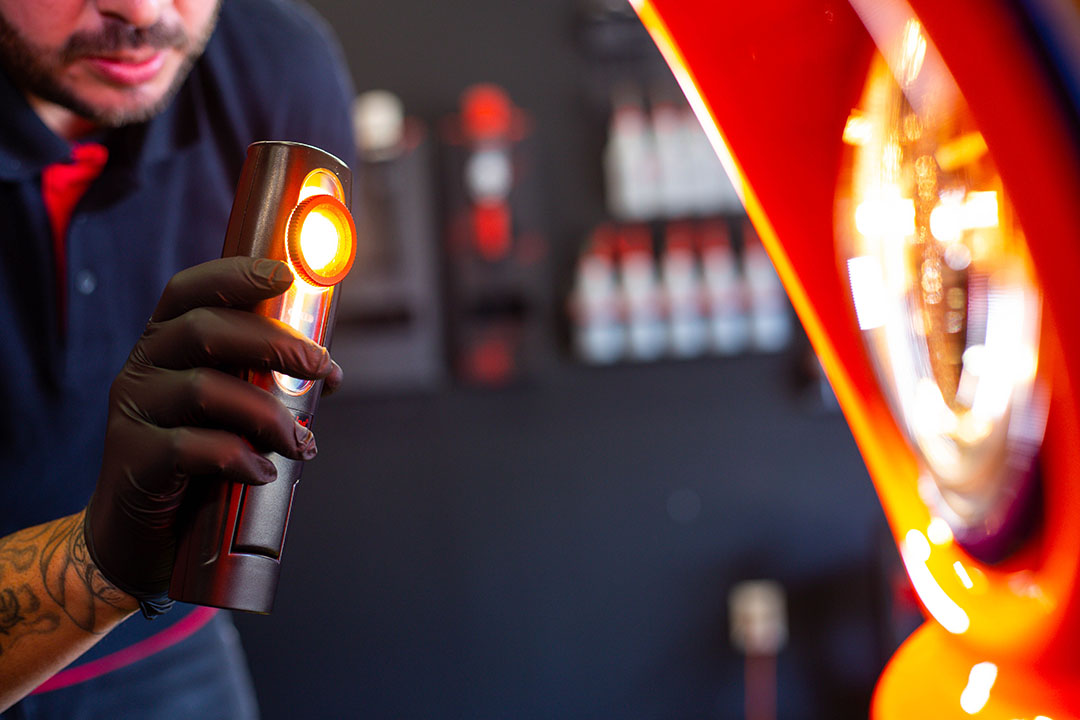
In Conclusion
Car paint protection is an essential step in maintaining the appearance and longevity of your vehicle. There are several types of car paint protection available, each with its own unique benefits an application methods.
Ultimately, choosing the right car paint protection method depends on your budget, needs, and preferences.

 Dual Action Polisher
Dual Action Polisher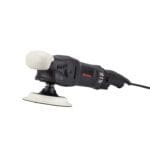 Rotary
Rotary Cordless Polisher
Cordless Polisher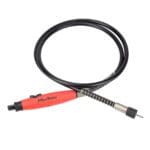 Car Polisher Accessories
Car Polisher Accessories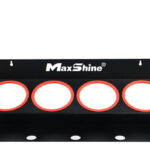
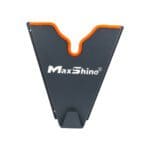 Wall & Wheel
Wall & Wheel Detailing Brush Holders Compound Holders
Detailing Brush Holders Compound Holders Dollies
Dollies Cart & Stool
Cart & Stool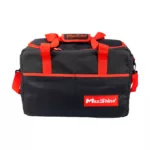 Detailing bags
Detailing bags Accessories
Accessories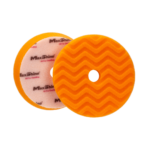
 Pad Kits
Pad Kits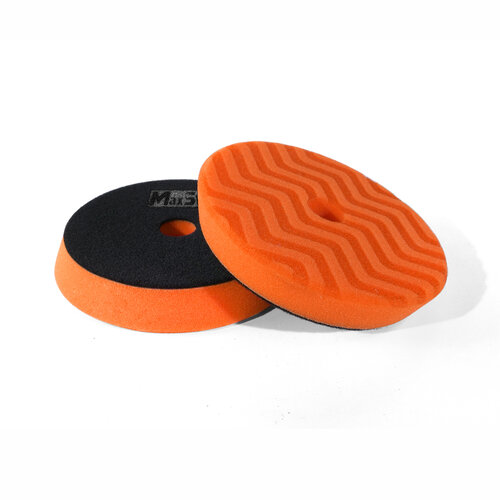 Foam Pads
Foam Pads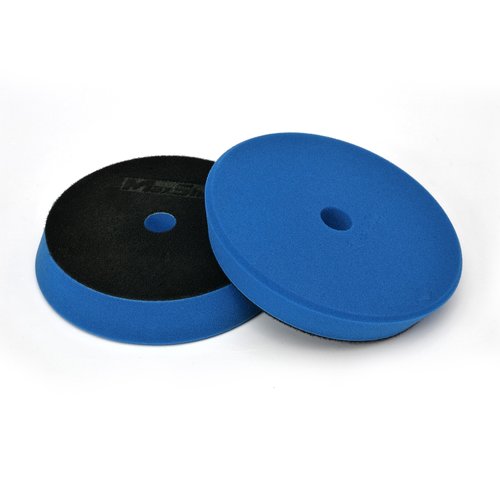 High Pro
High Pro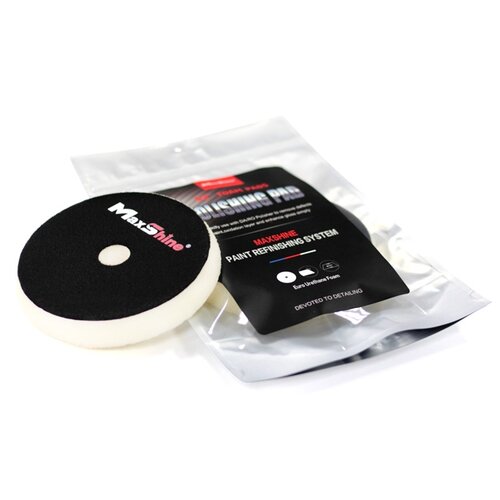 Medium Pro
Medium Pro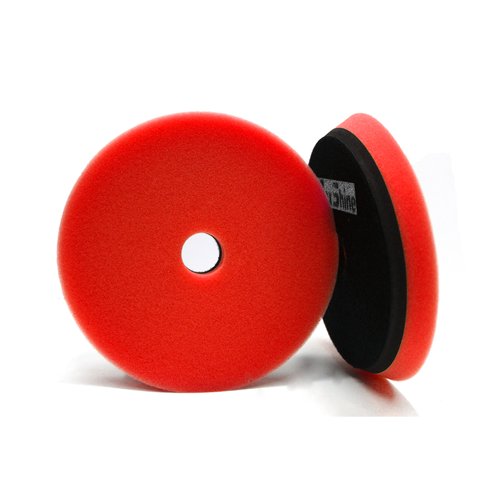 Low Pro
Low Pro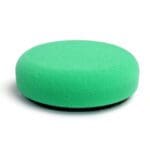 Flat
Flat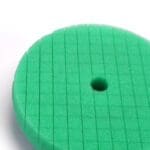 Cross Cut
Cross Cut Wool Pads
Wool Pads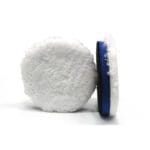 Microfiber Pads
Microfiber Pads Orange Peel
Orange Peel Sand paper
Sand paper Foam Interface
Foam Interface
 Rotary backing
Rotary backing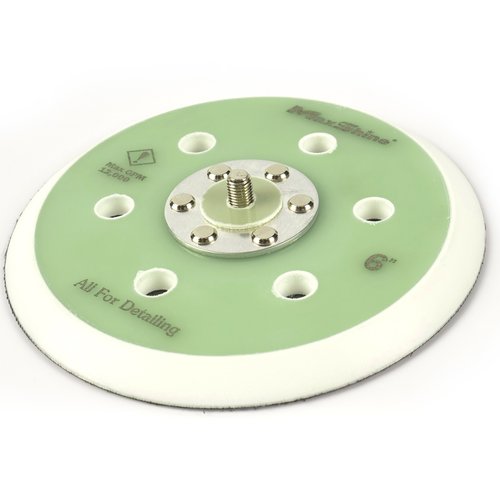 Dual action backing
Dual action backing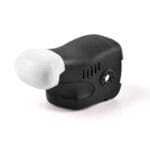

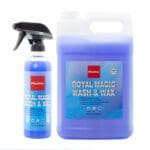 Car Exterior Cleaning Chemicals
Car Exterior Cleaning Chemicals Wheel and Tire Cleaners
Wheel and Tire Cleaners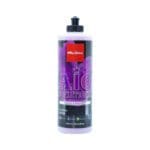 Car Interior Care Chemical
Car Interior Care Chemical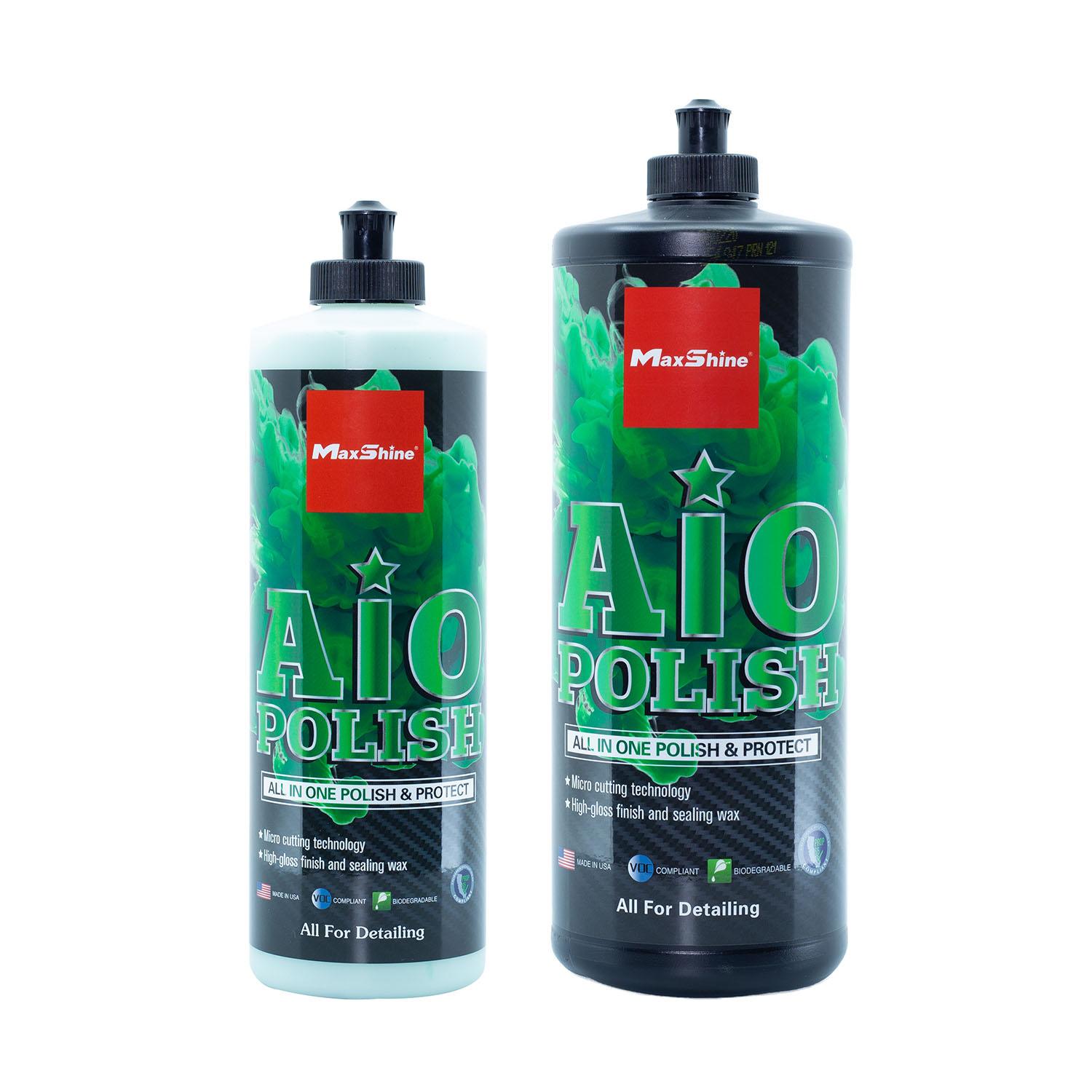 Paint Correction & Enhancement Chemicals / Compounds
Paint Correction & Enhancement Chemicals / Compounds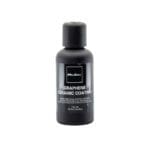 Paint Protection Chemicals
Paint Protection Chemicals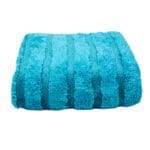
 Subscription
Subscription Glass
Glass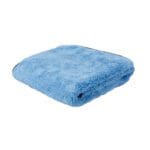 Polish Removal & Coating Leveling
Polish Removal & Coating Leveling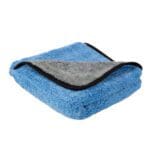 Coating Buffing & Rinseless Wash
Coating Buffing & Rinseless Wash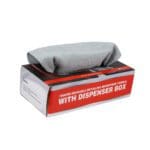 General Purpose
General Purpose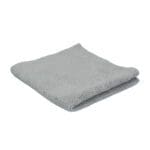 Utility
Utility Suede
Suede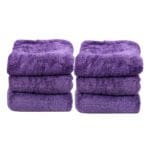 Crazy Microfiber
Crazy Microfiber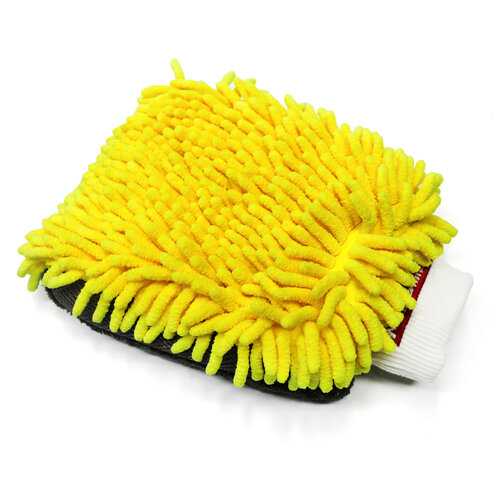
 Mitts
Mitts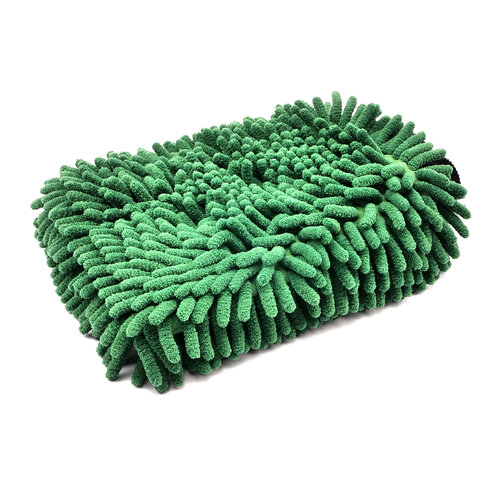 Pads
Pads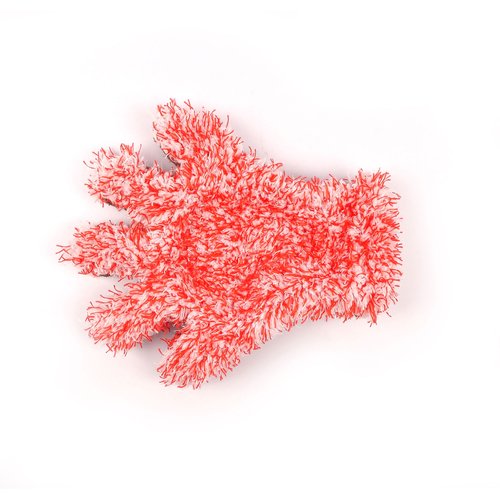 Gloves
Gloves Microfiber
Microfiber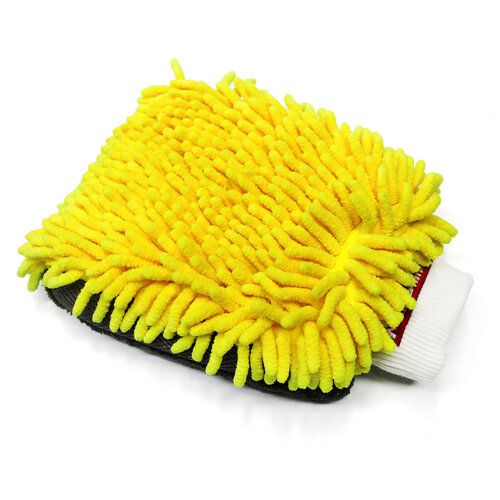 Chenille
Chenille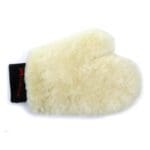 Wool
Wool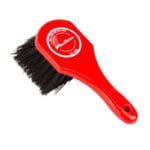
 Interior
Interior Exterior
Exterior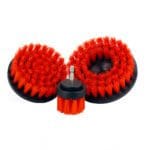 Carpet
Carpet Pet Hair
Pet Hair Detail
Detail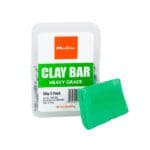
 Clay Mitts
Clay Mitts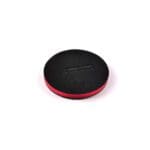 Clay pads
Clay pads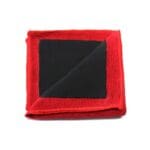 Clay towels & sponges
Clay towels & sponges
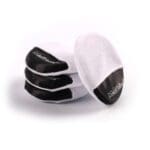 Ceramic
Ceramic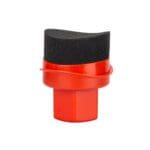 Tire
Tire
 Kits
Kits

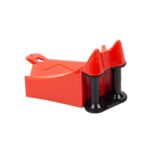


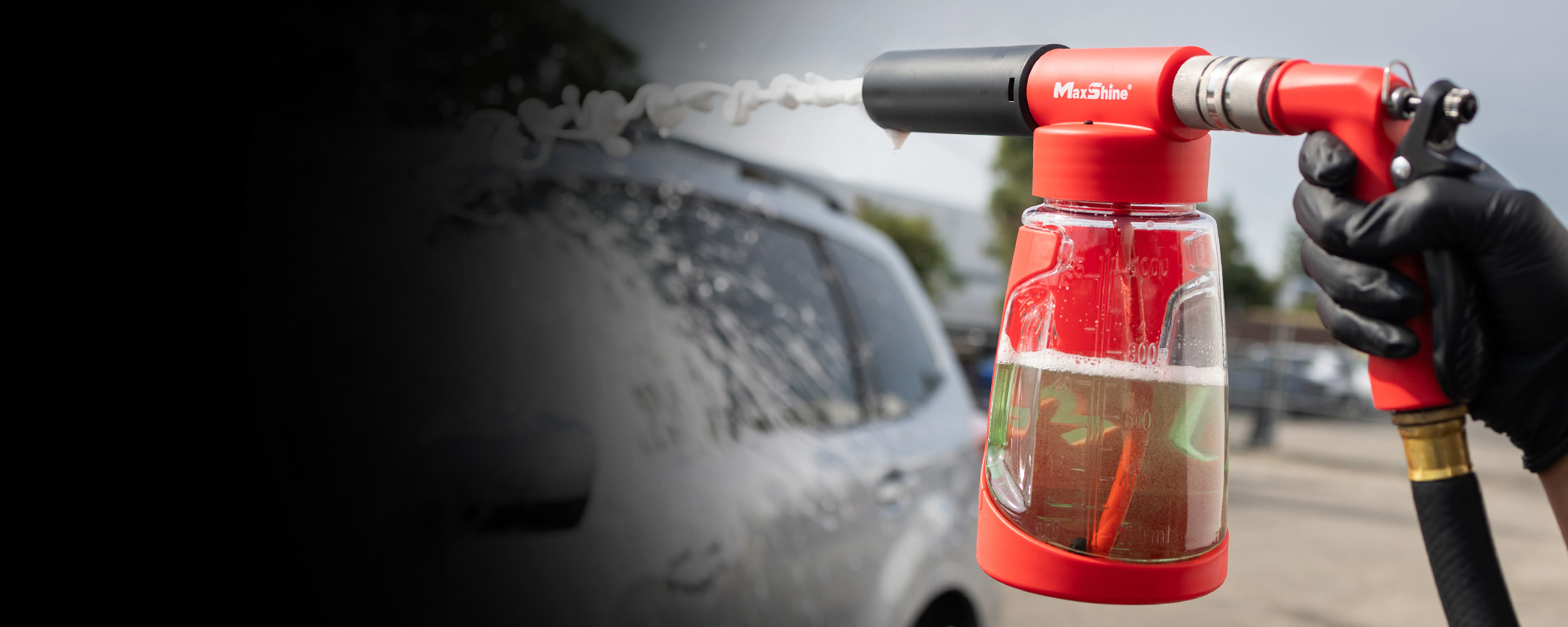










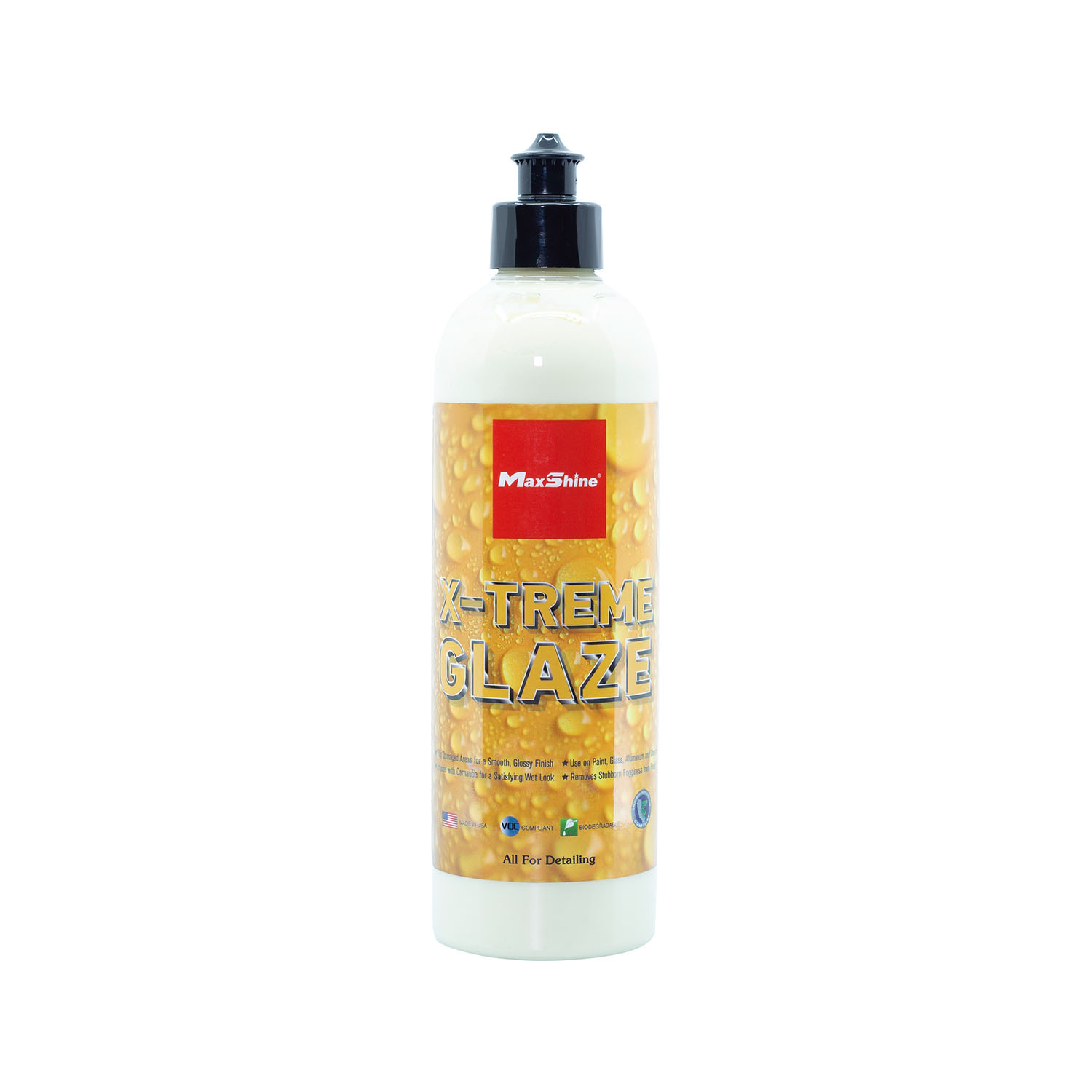
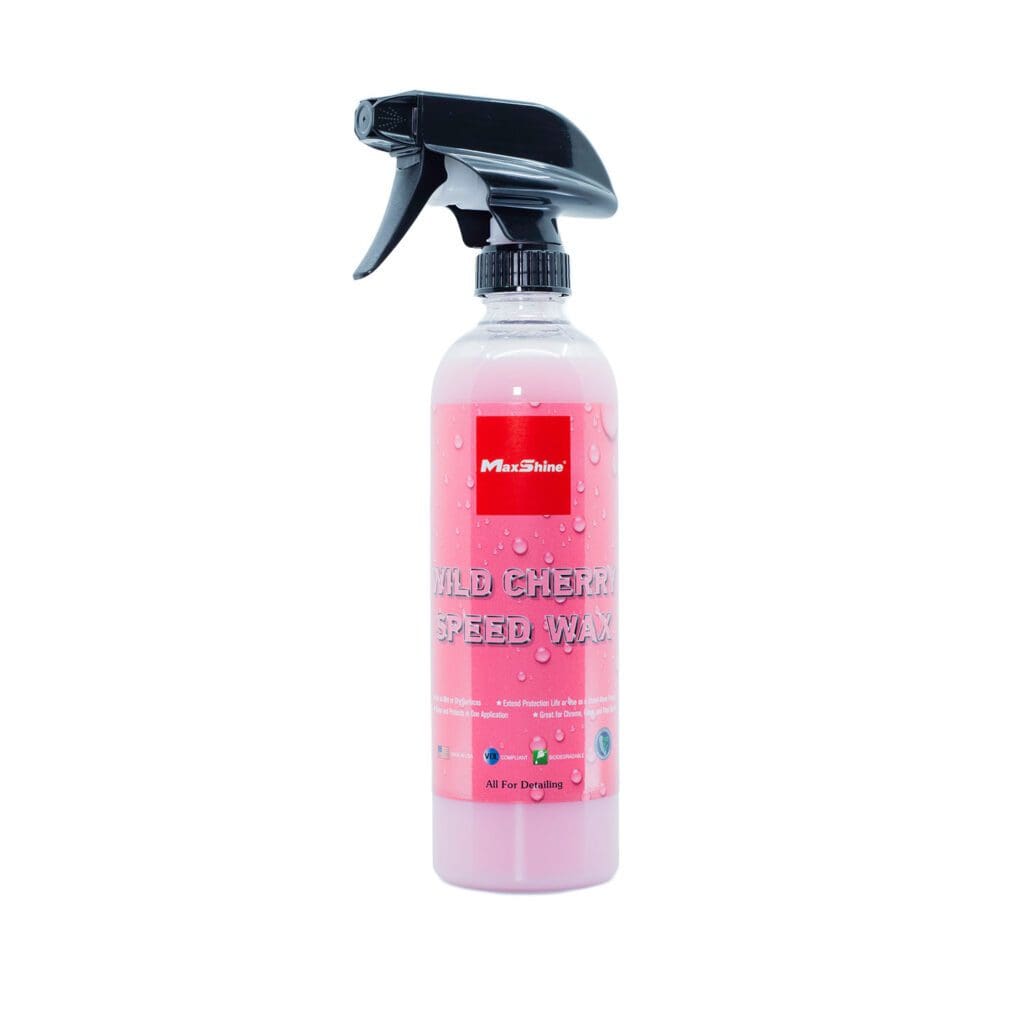
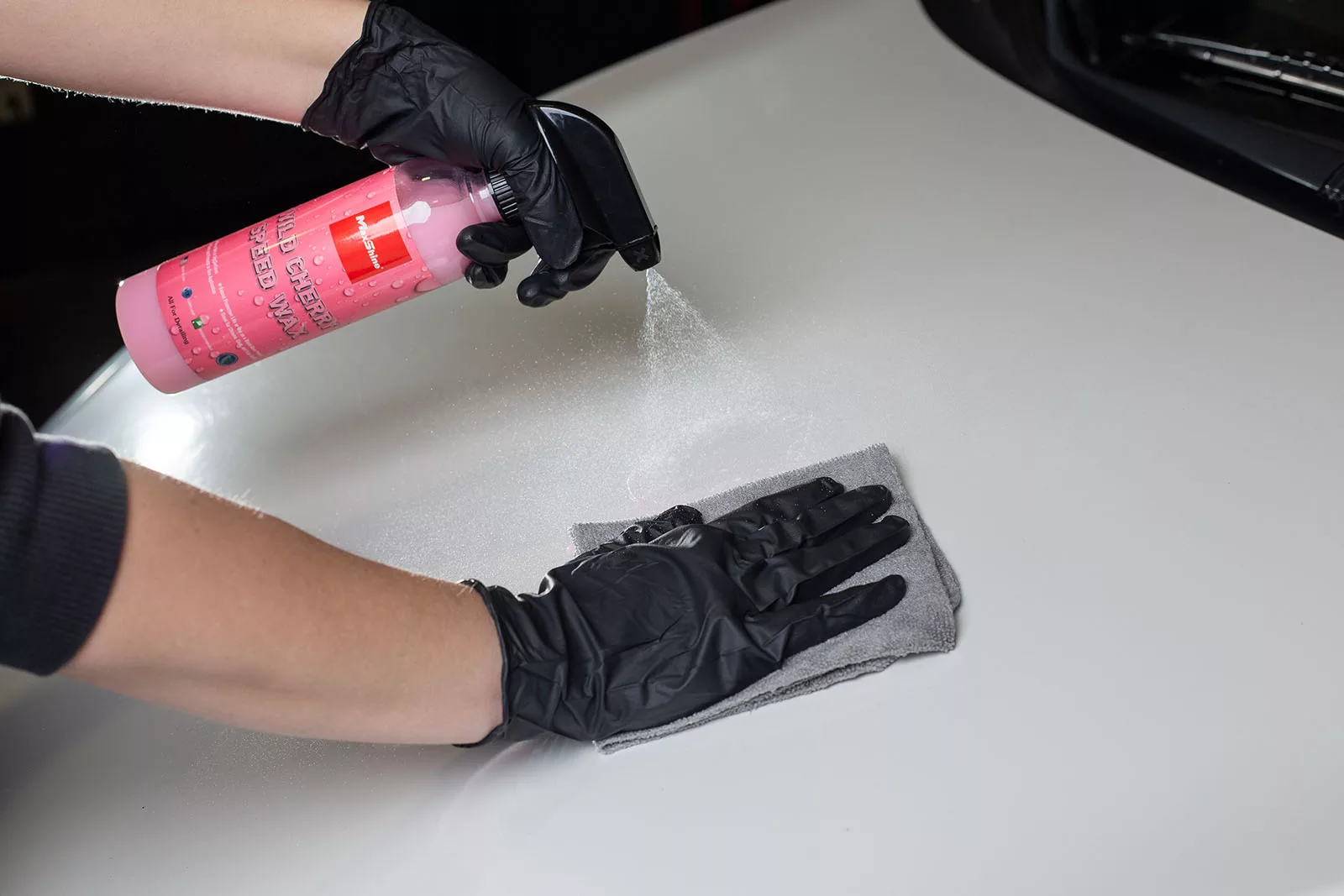
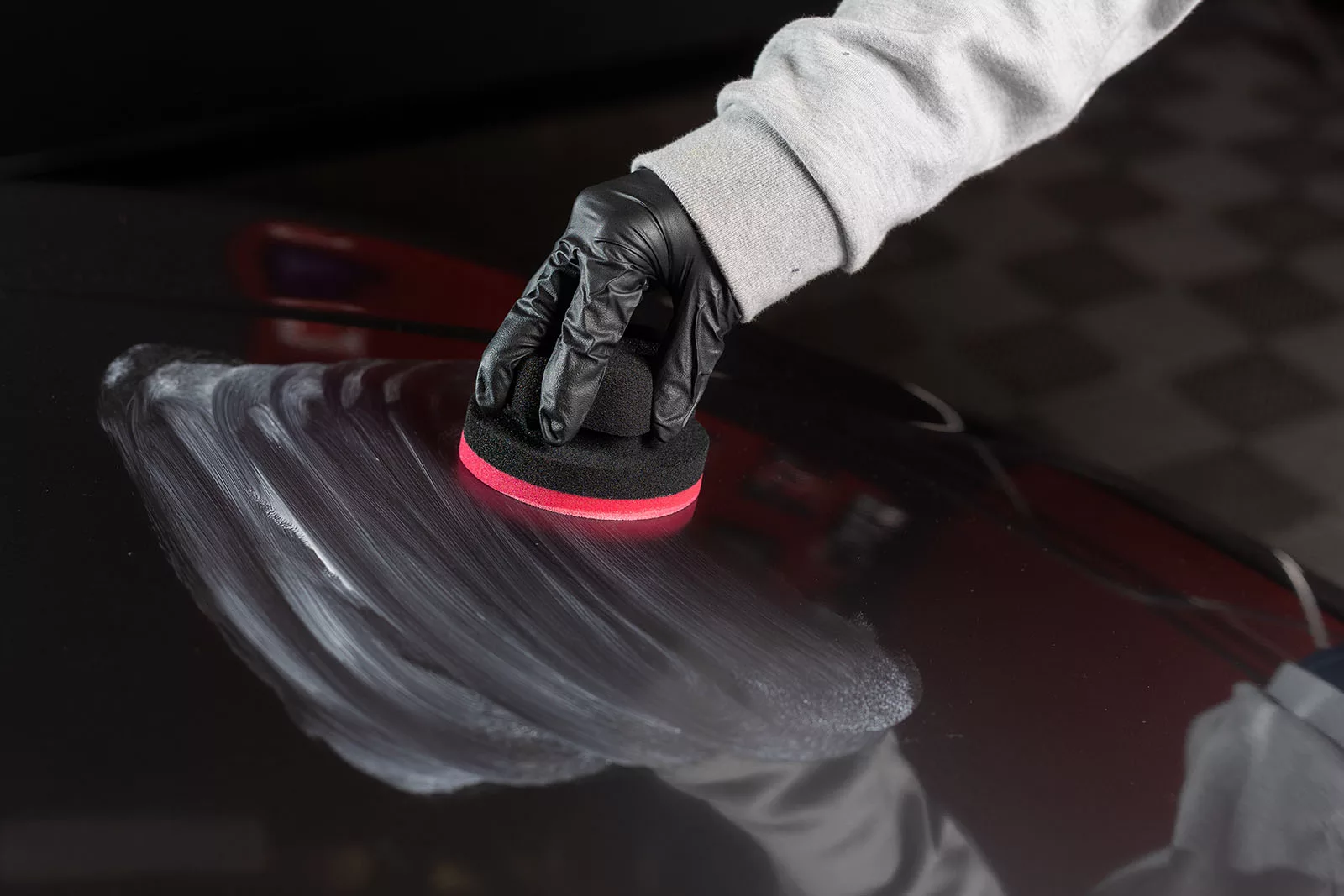

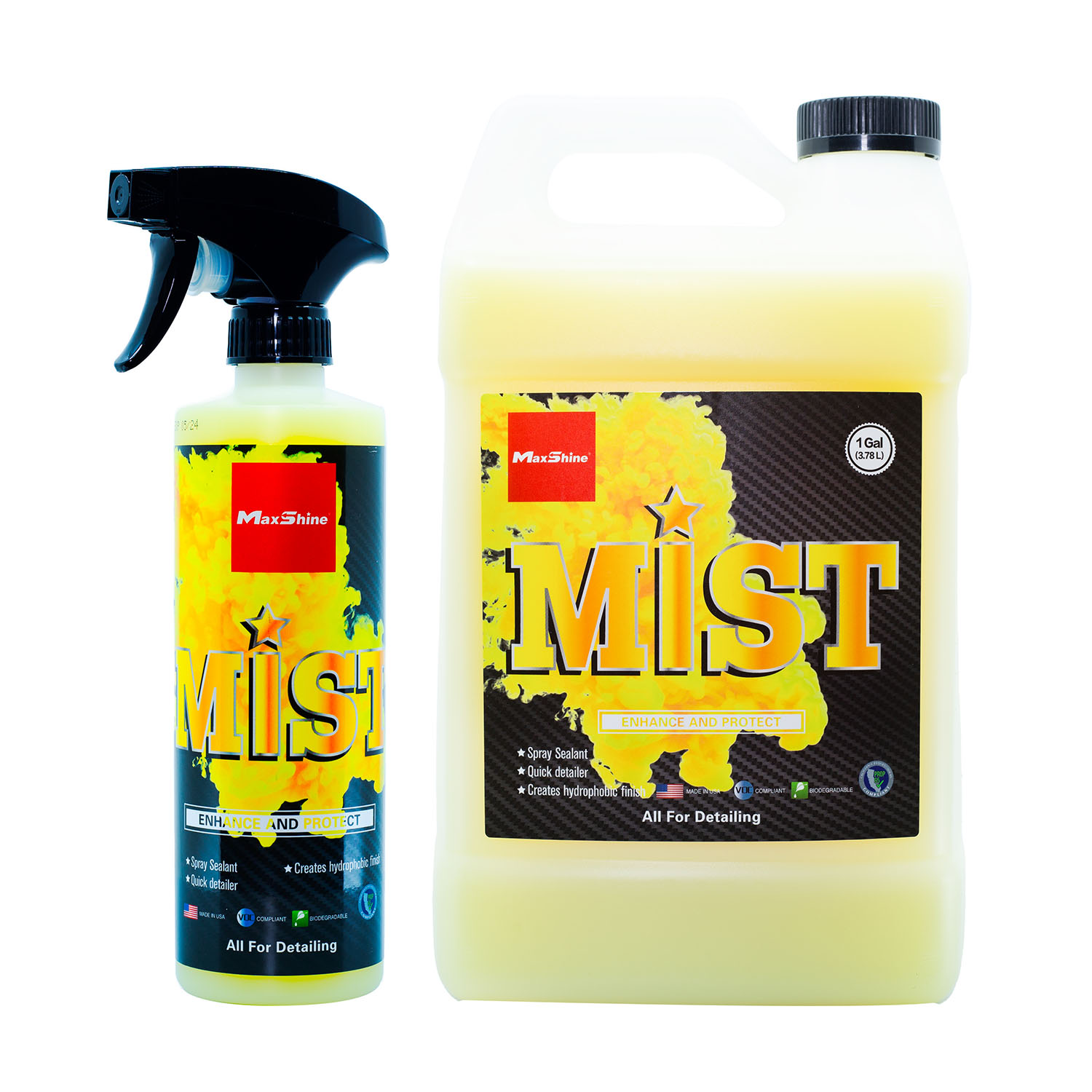


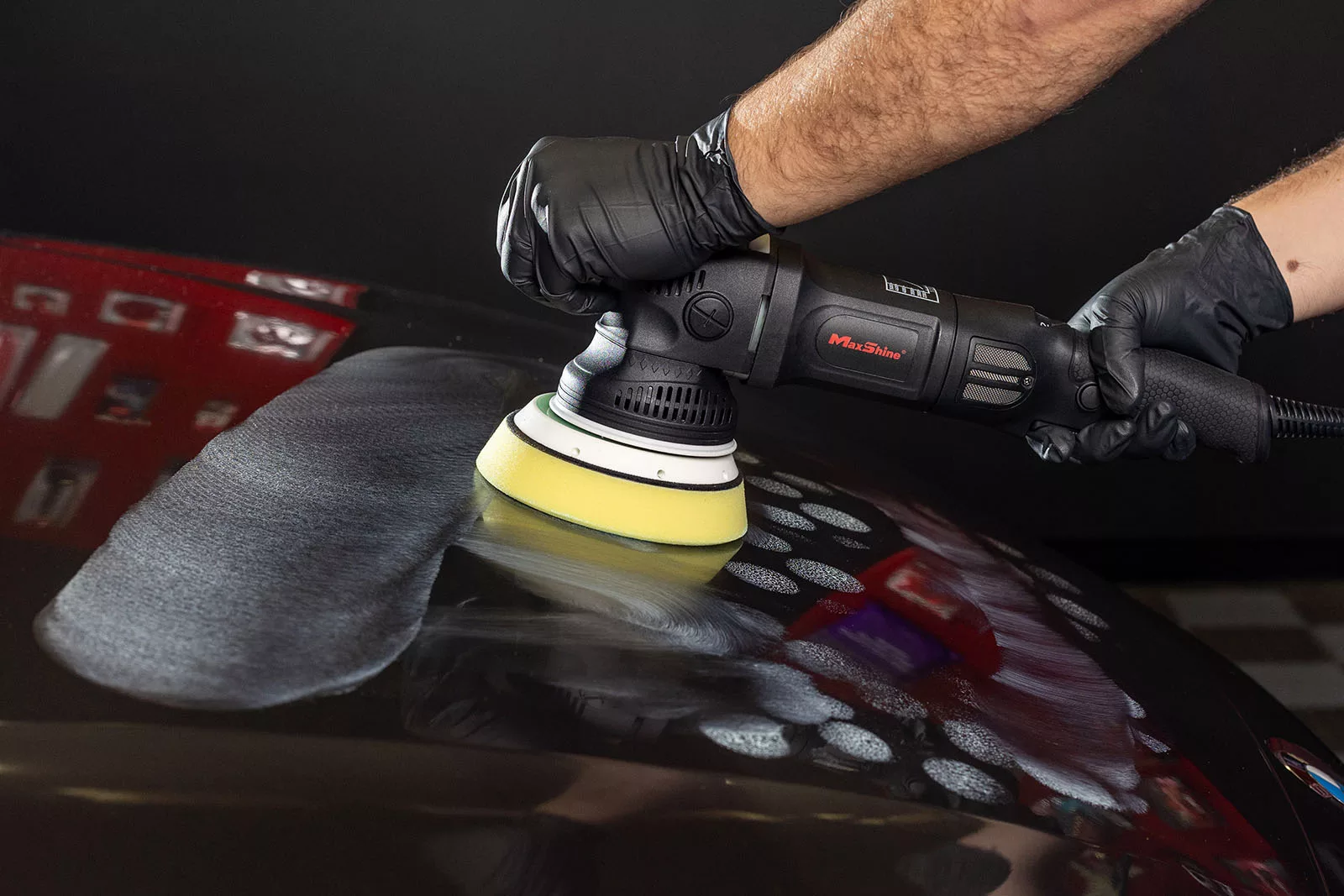
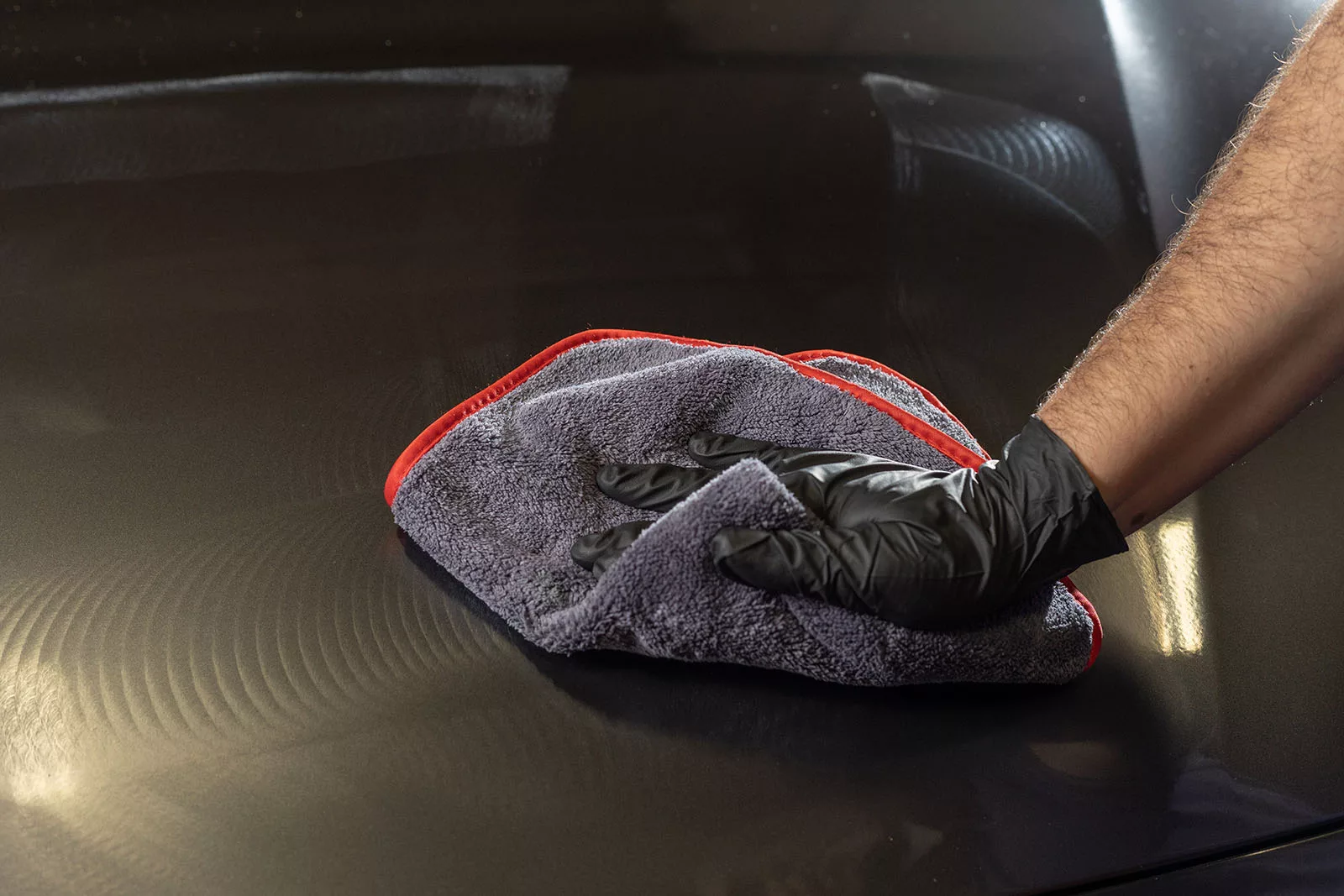
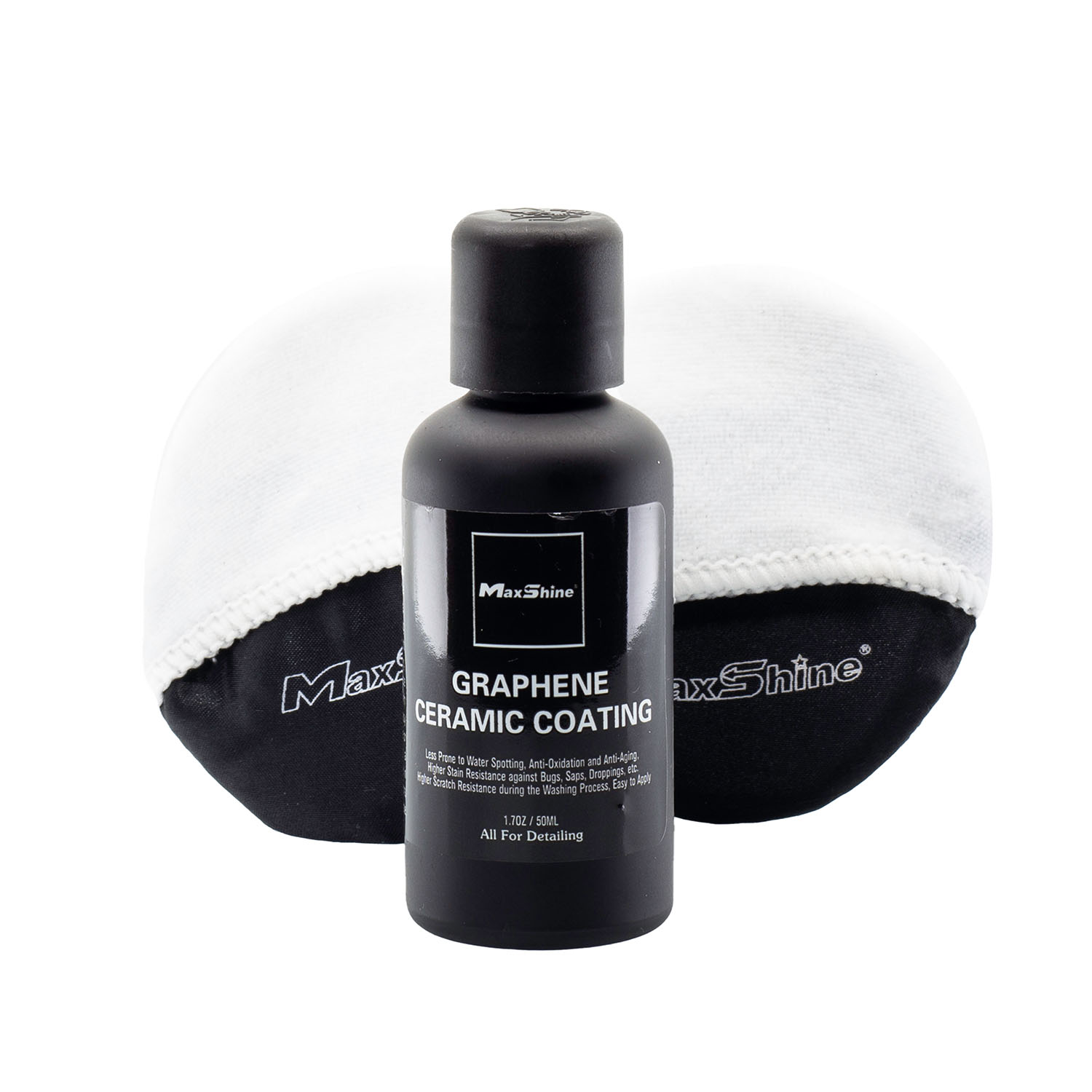




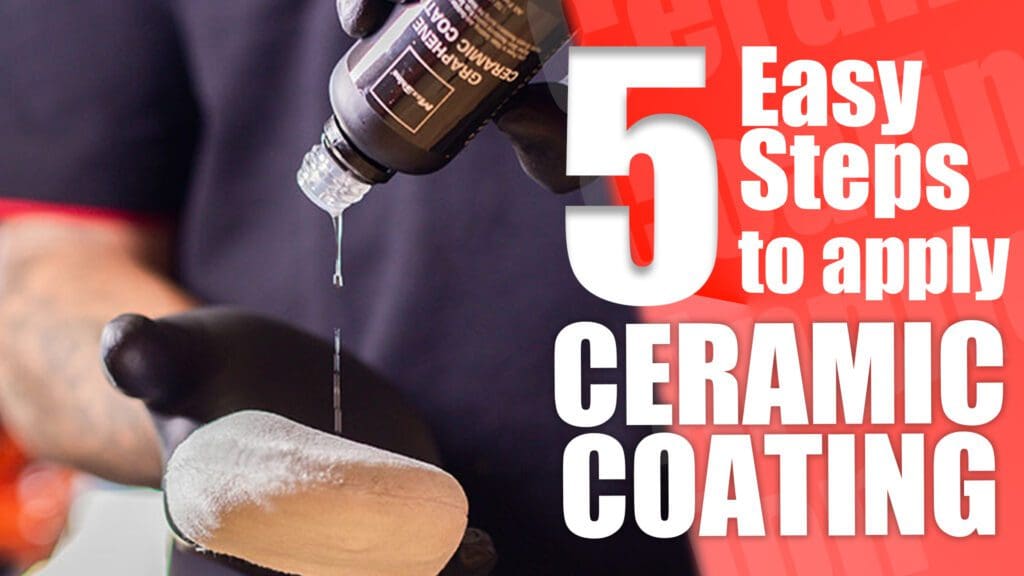
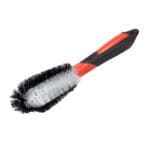 Engine
Engine
